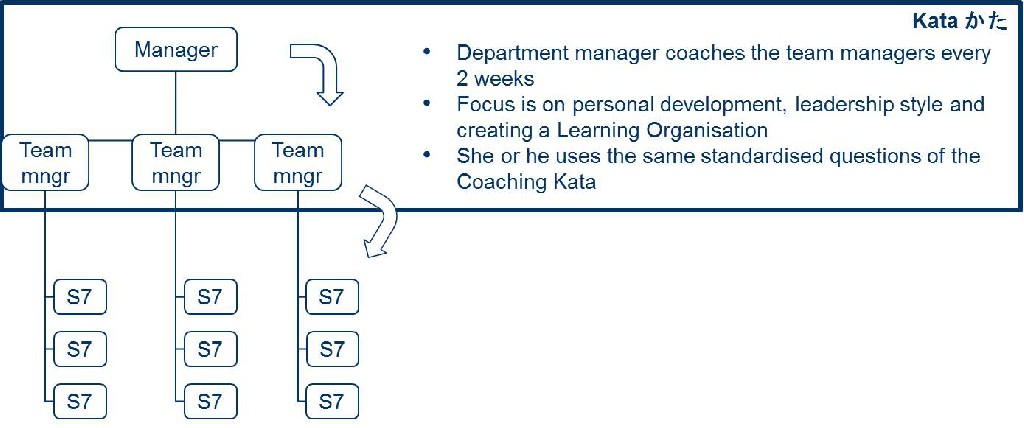Just how flexible is an Operation that is organized in Super7 teams? 40%. Super7 Operations can cope with a difference of 40% between a quiet day and a busy day.
From the many examples in day-to-day operations, we know that Super7 Operations increases the flexibility of a back-office. Impressive results have been achieved with this over the past few years, in many operational departments of large financial service providers. Examples of this can be found in my book: Super7 Operations – the Next Step for Lean in Financial Services.
Recently, one of my clients asked me to calculate just how flexible a team will become. How much can the daily demand fluctuate when working with no customer queue when the team works as a Super7? An alternative could be replacing a part of the employees with flexible contractors: so called min-max-contractors, who work between 20 and 40 hours per week depending on demand. Could the same flexibility be achieved with Super7 Operations?
From experience, we know that a Super7 team is able to work one hour longer on busy days. The end time of the working day is flexible, and the members of a Super7 team make arrangements among themselves when one of their team has obligations preventing him/her to stay longer that day. Next to that, we’ve measured 5 to 15% higher productivity as well when the pressure is on. And, these extra hours are compensated by leaving early on quiet days, which means no extra hours to pay. This results in the following graph, showing the 40% flexibility:

Super7: flexibility to cope with fluctuation
Next to this, our analysis showed that Super7 Operations delivers greater flexibility than replacing 20% of your people with min-max contractors.
Naturally, things like team meetings and training are done on quiet days, and when they are planed on busy days they are rescheduled. This results in up to 20% lower ‘availability for productive work’ on quiet days – but this can be achieved without Super7 as well (we’ll call this scenario 1).
20% min-max contractors give you the flexibility to ask 20% of your workforce to stay longer or leave earlier, as long as you stay within the 20 to 40 hours per week range. (This is scenario 2)
Super7 Operations is our Scenario 3
To be complete, we added a fourth scenario: Super7 Operations and replacing 20% of the employees with min-max contracts.
The graph below shows these four scenario’s next to each other.

Surprising results, don’t you think?
Menno R. van Dijk.






